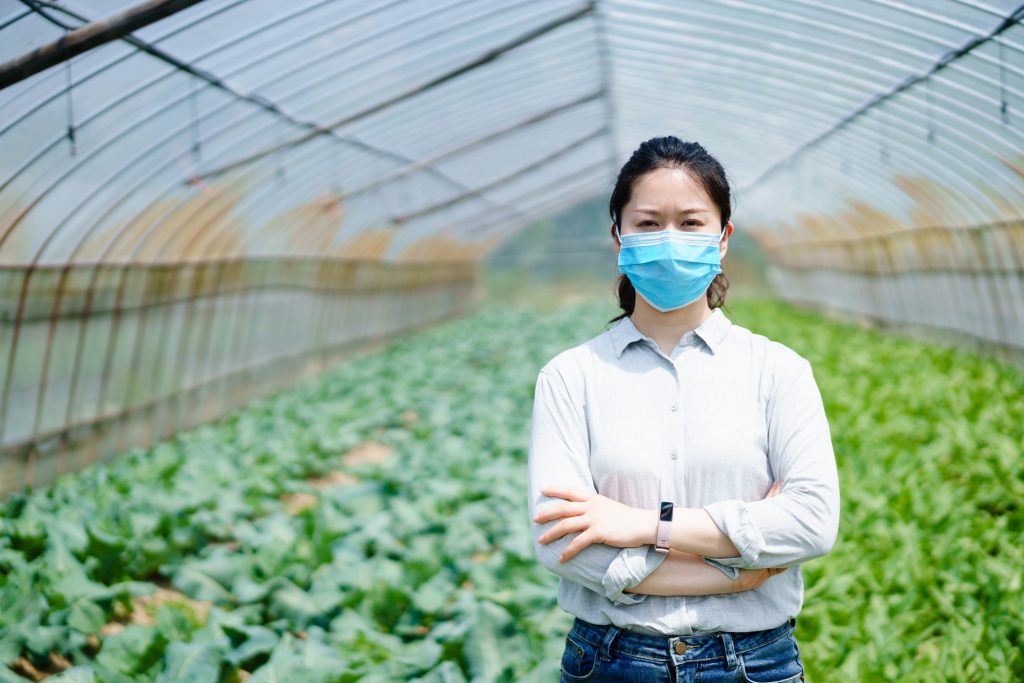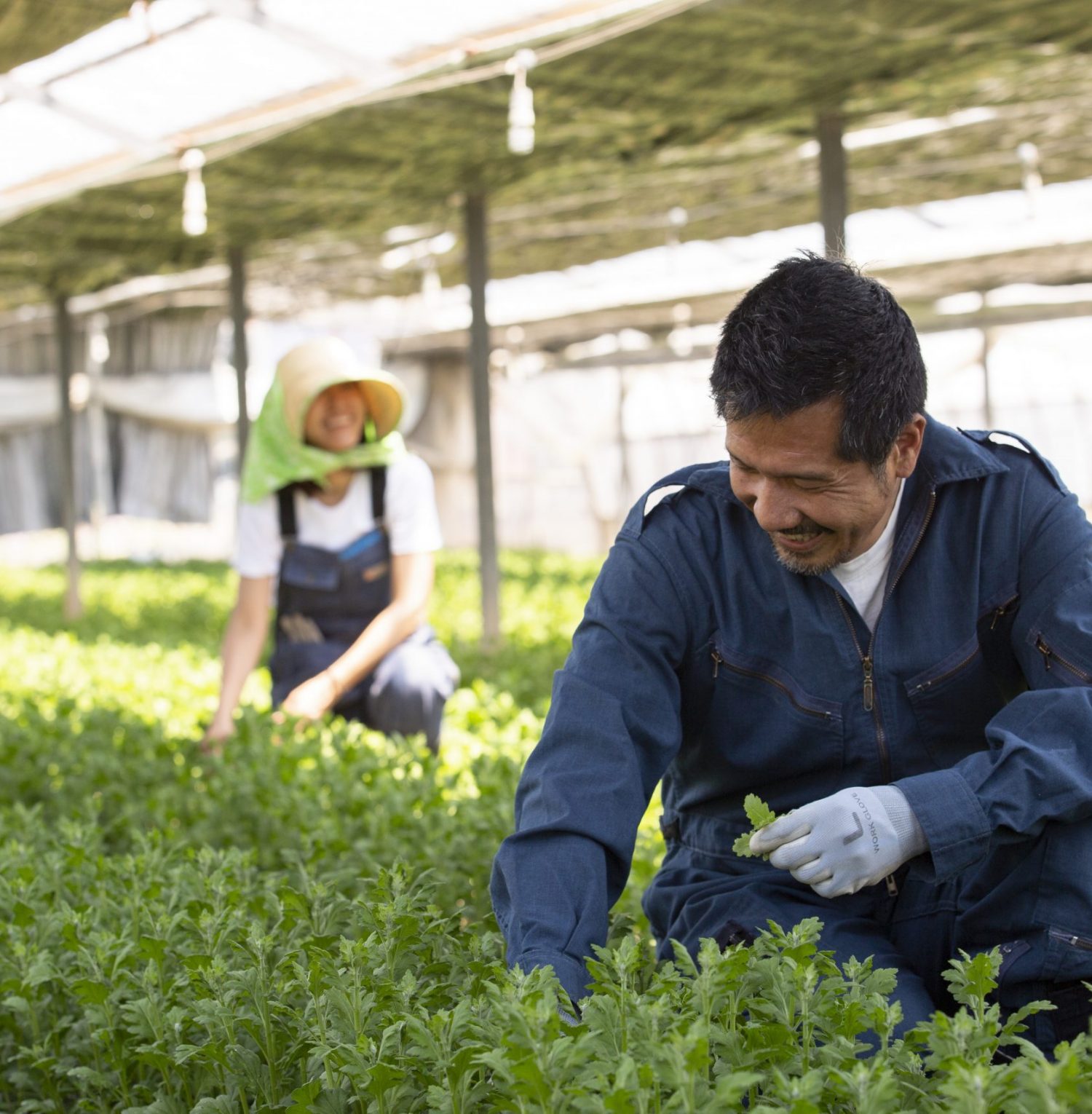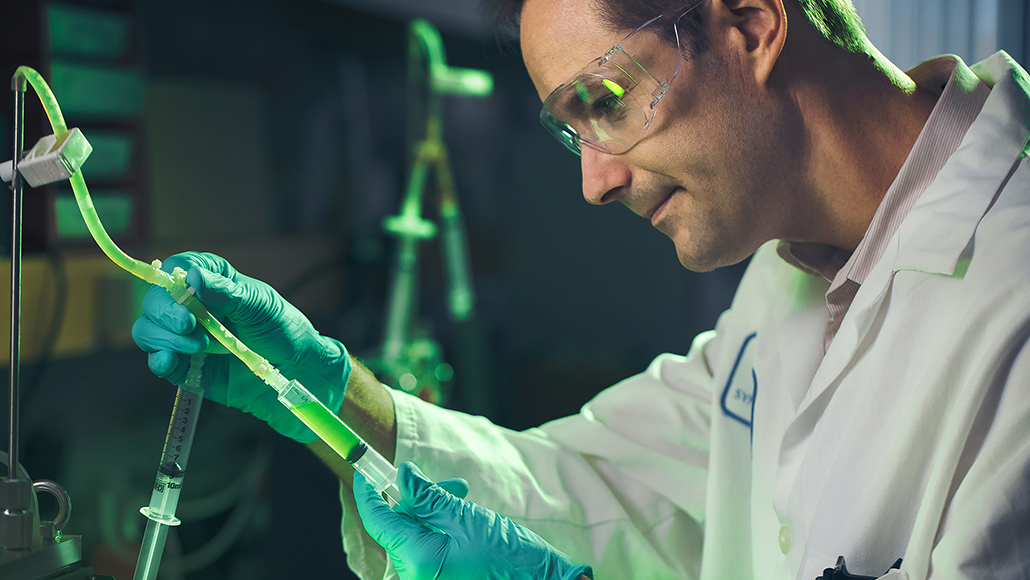Asia-Pacific has been the world’s most rapidly developing region, becoming a global leader in innovation, energy and new technology as its middle class booms.
However, with this growth comes new challenges as the region adapts to this unprecedented expansion.
As the population increases and the standard of living rises, Asia-Pacific will have to provide more food for more people.
The United Nations’ Food and Agriculture Organisation has forecast that the region will grow by 1.5 billion people by 2050 and food demand will more than double.
Additionally, growing cities will compete for space with agricultural land. A UN report says it is imperative people change the way they produce food and use the land to ensure future food security.
However, there are solutions that could balance sustainable land use with feeding Asia-Pacific.
One way to address this land issue while maintaining food security is by building more greenhouses.

Greenhouses are helping to increase food security.
Greenhouses allow farmers to increase their output by five to eight times due to improved growing conditions; an increase of that size could help meet Asia-Pacific’s rising demand. This is especially critical for countries that rely heavily on their local agricultural sectors, such as Thailand and Vietnam.
ExxonMobil Plastic Waste Solutions Venture Executive, Sustainability, Michael Lacey said that during a trip to China he saw first-hand how greenhouse and other agricultural films are already changing the face of agriculture.
“They were growing fruit, basically in an urban environment, in a climate that wouldn’t have otherwise sustained this food production,” Lacey said.“They had really tasty strawberries that were thriving because of the greenhouse and mulch films.”
But not all greenhouses are created equal. Those built using polymers instead of glass are easier to build and dismantle, allowing for better flexibility and use of farmland. Because of their polymer materials, they often last longer, as they are shatter-resistant.
Yet, like glass, they are also recyclable and can be reused.
Lacey said as these agricultural polymers have evolved over the years to become tougher yet also more lightweight, it has allowed for their recovery and recycling.
“[It’s about] doing more with less,” Lacey said.“For agriculture, these are high-performance polymers that are tough enough to allow these films to be recovered after their initial use without tearing or breaking.
“These attributes are quite significant in China, where there are a million tonnes or so of these films being used, and the government is increasingly requiring farmers to retrieve these films from the fields after use.”
There are many major global manufacturers, such as ExxonMobil, that are developing advanced polymers that deliver sustainable benefits to customers and end-users.
Polymer greenhouses also have better heat retention compared to glass, which extends growing seasons, allowing for more food to be grown in a smaller area over a longer period, providing a more consistent and predictable food supply.
A simple solution – greenhouses made from polymer films – could help keep Asia-Pacific on the path towards sustainability, while playing a major role in avoiding a potential food crisis.




